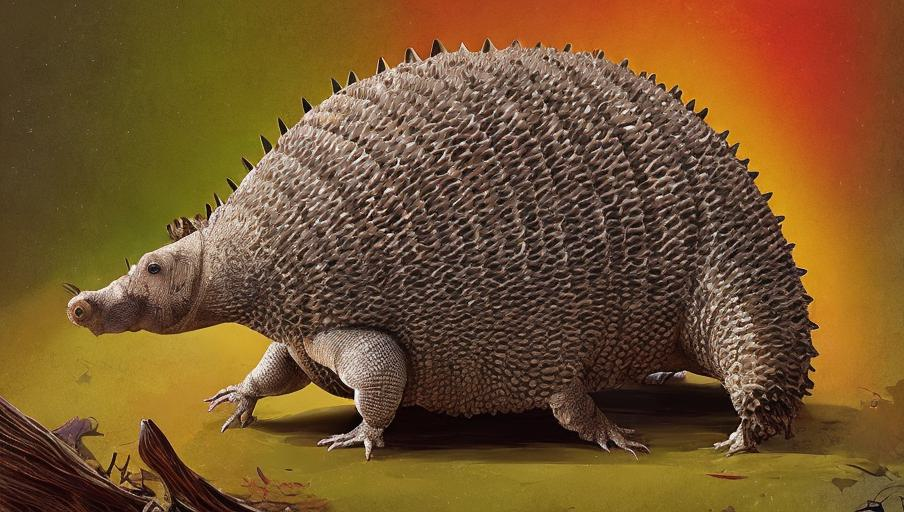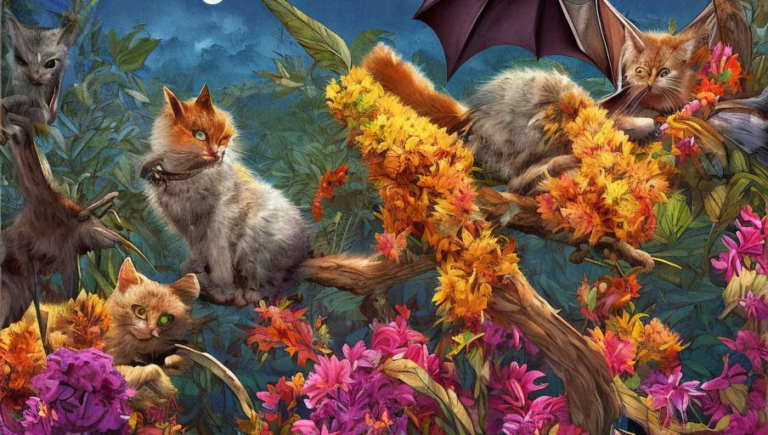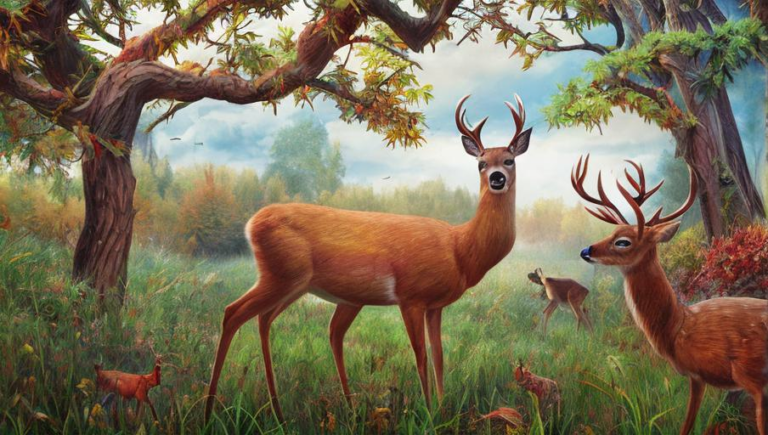Intriguing Habits of Armadillos

Introduction
Armadillos are one of the most recognizable animals on the planet, known for their armor-like shells. But beyond this well-known feature, armadillos have a few other habits that are both fascinating and endearing. From their diet to their defense mechanisms, this creature is full of surprises. Let’s take a look at some of the most intriguing habits of armadillos.
Diet
Armadillos are omnivorous, meaning they eat both plant and animal matter. Their diet consists mainly of insects, snails, and other invertebrates, but they also eat fruits, fungi, and small mammals. Armadillos have also been known to eat eggs and lizards as well. In order to get their food, they use their powerful claws to dig deep into the ground and search for food. This digging behavior can be a nuisance to gardeners, as armadillos are known to dig up lawns and gardens looking for food.
Defense Mechanisms
Armadillos have a few defense mechanisms that they use to protect themselves from predators. They are able to curl up into a tight ball, protecting their vulnerable underbelly from predators. They also have an incredible sense of smell, which helps them detect predators before they can be seen. Finally, they can also jump straight up into the air when startled, which can startle a predator and give the armadillo an opportunity to escape.
Social Behavior
Armadillos are solitary creatures, meaning they don’t live in groups. However, they are known to form small groups during breeding season. Armadillos are also monogamous, meaning they will mate with the same partner for life. Finally, they are also nocturnal, meaning they are most active at night.
Conclusion
Armadillos are unique creatures with a variety of fascinating habits. From their diet to their defense mechanisms, these creatures have adapted to their environment in remarkable ways. Hopefully, this article has given you a better understanding of the habits of armadillos, and the importance of preserving their delicate habitat.





